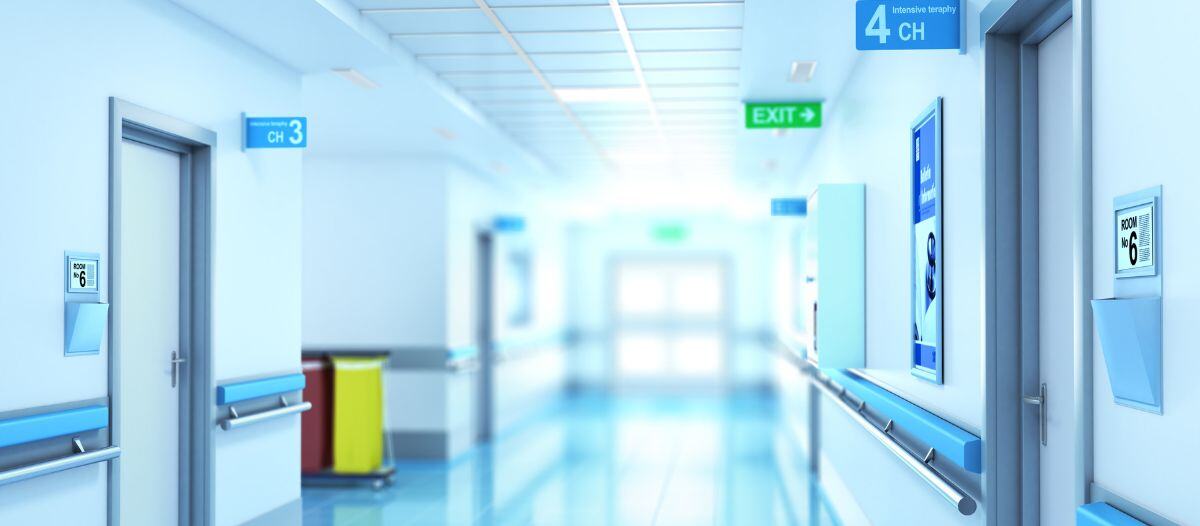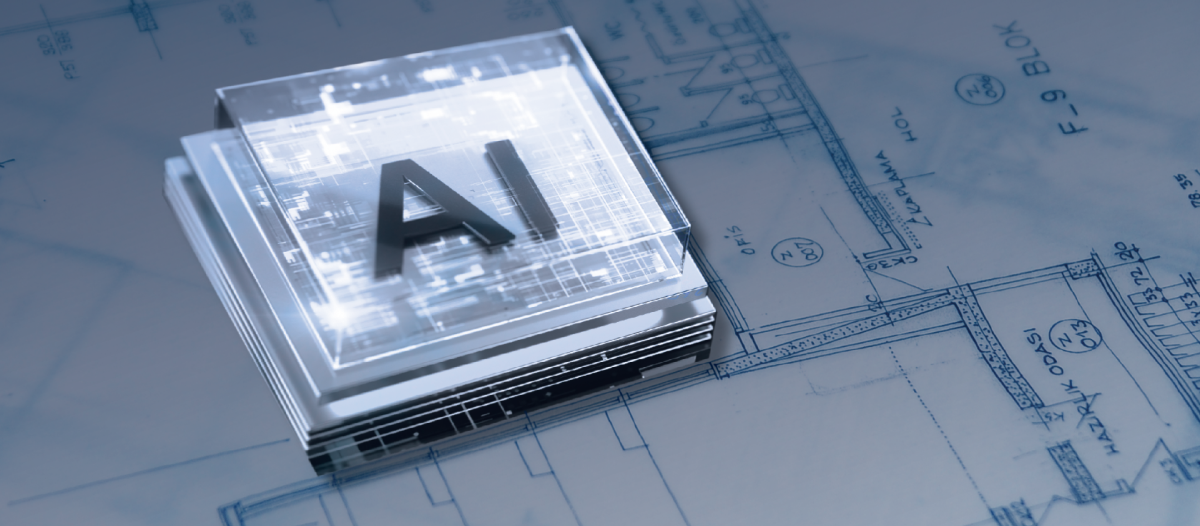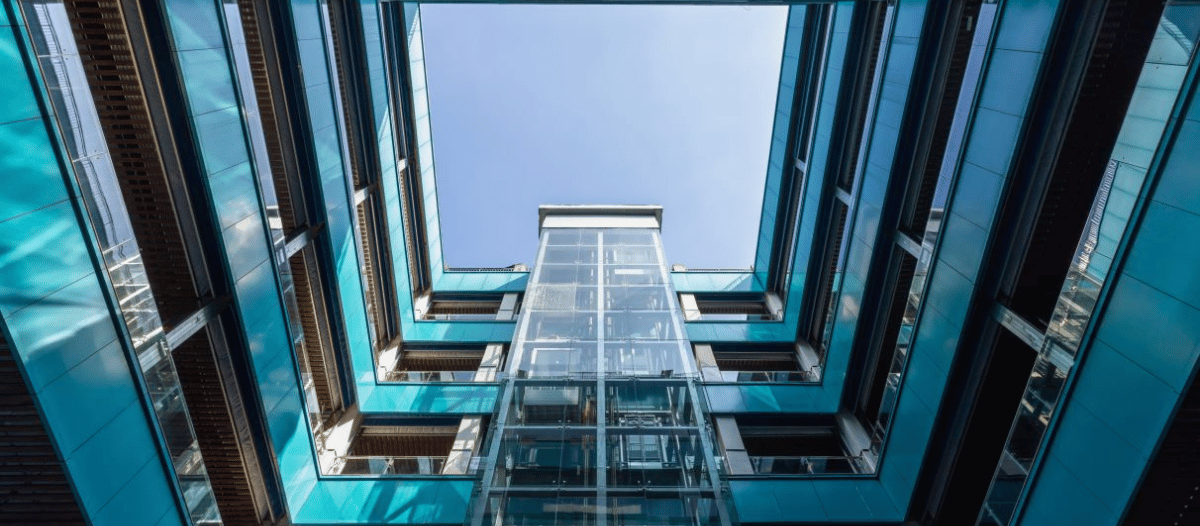Resilient Flooring
The optimal choice for health care environments

Understanding resilient flooring
Resilient flooring encompasses a category of materials engineered to combine flexibility, durability and comfort underfoot. Unlike VCT, which is composed primarily of limestone and requires frequent polishing, resilient flooring products feature protective wear layers and advanced finishes that reduce upkeep and extend life cycle performance. These materials are designed with innovation in mind, often incorporating antimicrobial properties and sustainable manufacturing practices.
 Characteristics:
Characteristics:
-
LVT: Offers a wide range of designs, including wood and stone visuals, with high durability and ease of maintenance.
-
Sheet vinyl: Provides seamless installation options, enhancing infection control measures.
-
Rubber flooring: Known for its slip resistance and comfort, ideal for areas requiring noise reduction.
-
Linoleum: Made from natural materials, offering sustainability benefits and durability.
Installation efficiency & downtime reduction
One of the primary advantages of resilient flooring is its efficient installation process. Products such as LVT and sheet vinyl can be installed using clicklock or peel-and-stick systems, minimizing adhesive drying times and extensive subfloor preparation. According to a 2023 industry study by Floor Covering News, LVT installation can be up to 40 percent faster than VCT, leading to significant labor savings and reduced downtime.
In health care settings where continuous operation is essential, minimized disruption is crucial. Facilities undergoing renovation can benefit from weekend or overnight installations, allowing spaces to return to service without extended closures. This is particularly important in plasma centers and outpatient clinics where patient throughput is tied to revenue. Quick installation also minimizes exposure to construction dust and other disruptions that could impact patient care and staff workflow.
Maintenance & life cycle costs
VCT requires regular stripping, waxing and buffing — procedures that not only incur recurring costs but also release volatile organic compounds (VOCs) during maintenance. In contrast, resilient flooring typically requires only routine sweeping and damp mopping. The U.S. Environmental Protection Agency (EPA) has identified resilient flooring as a low-emission product under its Indoor airPLUS program, contributing to improved IAQ.
A comparative life cycle cost analysis by the Resilient Floor Covering Institute (RFCI) reveals that while VCT may cost US$3-5 per square foot to install, its 10-year maintenance costs can exceed US$30 per square foot. Conversely, LVT may cost US$6-8 per square foot initially, but its maintenance costs remain under US$10 per square foot over the same period, demonstrating its economic advantage. Over time, this cost differential can translate into significant operational savings.
Durability & safety in high-traffic environments
Health care facilities — including plasma centers, urgent care units and long-term care facilities — experience heavy foot traffic, rolling medical equipment and frequent cleaning cycles. Resilient flooring is designed with wear layers ranging from 20 mils to 40 mils, offering resistance to abrasions, punctures, chemical exposure and staining.
Moreover, resilient flooring often includes slip-resistant surfaces that comply with safety standards such as ASTM D2047, reducing the risk of patient and staff falls. Integrated cove bases and heat-welded seams in sheet vinyl installations also promote infection control by eliminating crevices where pathogens can accumulate. These features help ensure compliance with safety protocols and minimize the likelihood of workplace incidents.
Design flexibility & patient experience
Flooring contributes significantly to the visual and psychological environment of health care spaces. Resilient flooring offers a broad palette of patterns, textures and finishes — including wood, stone, terrazzo and custom designs — that support healing environments. Evidence-based design practices emphasize the use of natural tones and textures to reduce patient stress and enhance well-being.
In pediatric or behavioral health settings, designers can use colorful inlays and patterns to create calming, engaging or wayfinding features directly within the flooring material. In contrast, VCT’s design limitations often require additional decorative overlays that increase cost and maintenance. The use of biophilic design principles — integrating nature-inspired visuals — can further promote emotional comfort and recovery.
Environmental & acoustic performance
Sustainability has become a strategic priority in health care construction. Many resilient flooring products are certified by third-party programs such as FloorScore, GreenGuard Gold and NSF/ANSI 332. Manufacturers often use recycled content and bio-based plasticizers to reduce environmental impact. Additionally, some products are fully recyclable at end-of-life, supporting circular economic initiatives.
Resilient flooring also contributes to better acoustic environments. With higher impact insulation class (IIC) ratings, these materials reduce footfall noise and rolling cart disturbances. In facilities where patient rest and privacy are critical, such as recovery rooms and infusion suites, acoustic performance plays a key role in patient satisfaction and regulatory compliance.
Regional considerations & climate adaptability
In regions with extreme climates — high humidity, temperature swings or freeze-thaw cycles — resilient flooring maintains dimensional stability better than VCT. It resists warping, cracking or adhesive failure commonly observed in traditional flooring materials. This is particularly relevant for facilities located in coastal areas or arid environments where HVAC systems must work harder to maintain stable interior conditions. Furthermore, these materials can reduce heat transfer, helping optimize energy use.
Compatibility with clinical equipment
Health care flooring must accommodate heavy and mobile equipment, including dialysis machines, hospital beds and supply carts. Resilient flooring is compatible with a variety of load-bearing requirements and is designed to withstand point loads without permanent indentation. Anti-static versions are also available for facilities with sensitive electronic medical devices. Additionally, resilient flooring’s smooth transitions and minimal seams support mobility for both patients and equipment.
Contribution to certification & compliance goals
Using resilient flooring can help facilities earn points toward Leadership in Energy and Environmental Design (LEED), WELL Building Standard and Fitwel certifications. These frameworks assess material health, IAQ, acoustics and overall occupant well-being — areas where resilient flooring provides measurable benefits.
For example, resilient flooring with low-emitting adhesives and recycled content may contribute to LEED v4.1 credit under Materials and Resources and Indoor Environmental Quality categories. It also supports infection prevention and control (IPC) strategies recognized by accrediting bodies such as The Joint Commission and the Centers for Disease Control and Prevention (CDC).
 Recommendations for FMs
Recommendations for FMs
When selecting resilient flooring, FMs should:
-
Conduct a life cycle cost analysis: Include maintenance and replacement scenarios to assess long-term value.
-
Assess acoustic and ergonomic performance: Especially for staff who stand for extended periods.
-
Specify nonphthalate, low-VOC materials: Ensure products have environmental certifications.
-
Choose designs aligned with therapeutic goals: Select patterns and colors that support healing environments.
-
Verify compatibility with equipment and infection control protocols: Ensure flooring meets the facility's operational requirements.
-
Engage stakeholders early in the process: Collaborate with infection control, nursing and facilities staff for optimal outcomes.
Conclusion
While VCT may appear cost-effective initially, resilient flooring offers superior value in the long term — especially in health care settings where safety, hygiene and patient experience are priorities. From faster installation and reduced maintenance to enhanced durability and environmental compliance, resilient flooring represents a smart, forward-thinking investment for facility managers.
By prioritizing flooring solutions that support patient outcomes, reduce environmental impact and ensure operational resilience, health care organizations can create environments that are not only functional, but transformative.

Jose Daniel Lopez Zabolotnyj is a mechanical engineer with more than 15 years of experience specializing in FM and utility systems for the pharmaceutical and biotechnology sectors. He serves as FM at KEDPlasma USA, overseeing the maintenance and operational efficiency of more than 70 plasma collection centers across the U.S. His work focuses on optimizing infrastructure through smart maintenance strategies, energy conservation, and advanced tools like AI-powered ticketing systems. Throughout his career, Zabolotnyj has led critical engineering functions in high-demand environments, including plasma centers, supplement production facilities and pharmaceutical plants. His expertise spans HVAC, compressed air, clean steam, purified water, automation/BMS systems, and GMP compliance. He has played key roles in new facility startups, equipment lifecycle planning, and cross-functional capital projects. He is committed to becoming a subject matter expert in pharmaceutical engineering services. His professional vision centers on delivering safe, efficient, and sustainable environments that support healthcare innovation and improve patient outcomes.
Read more on Project Management or related topics Operations and Maintenance Planning and Facility Improvement
Explore All FMJ Topics









